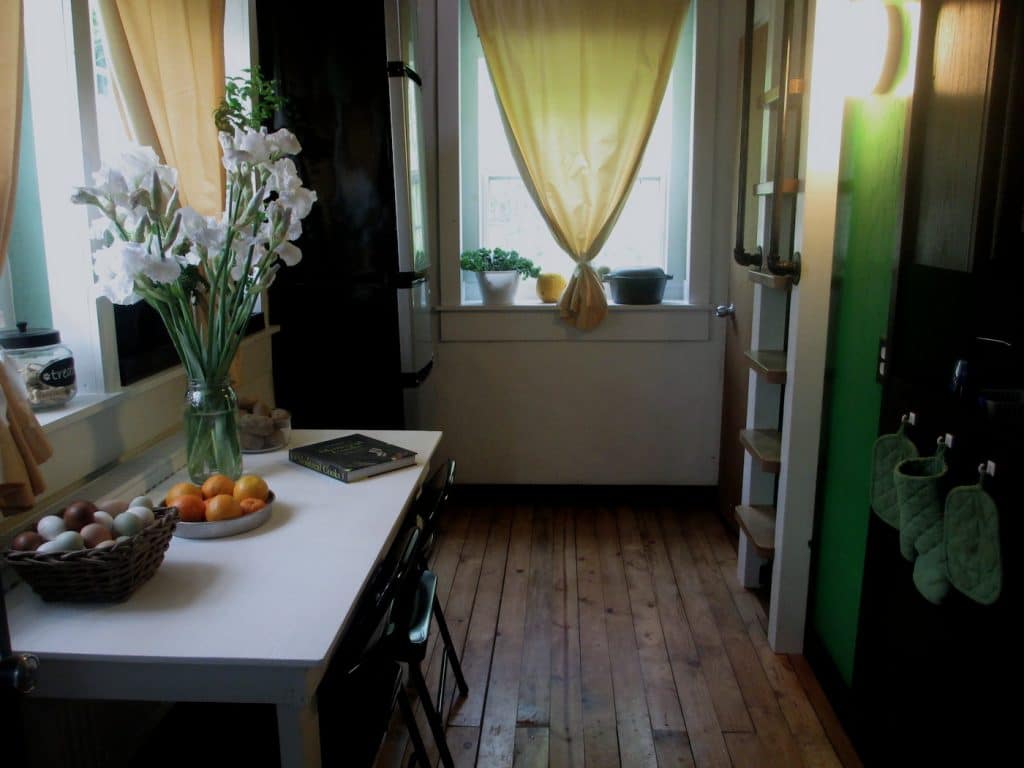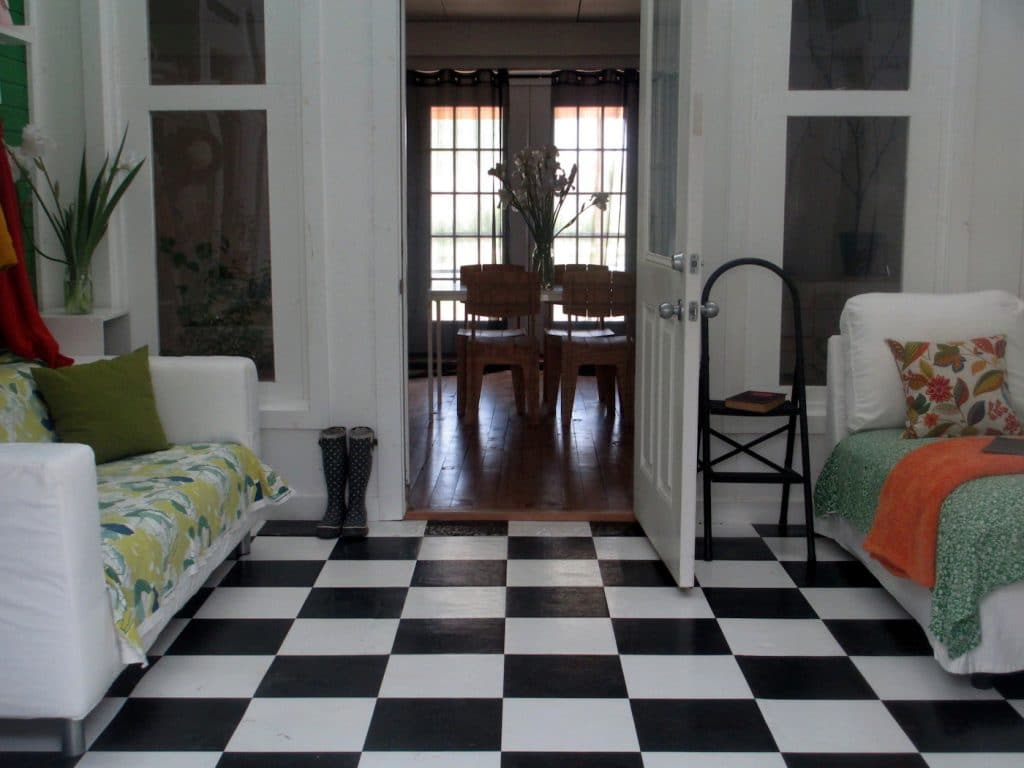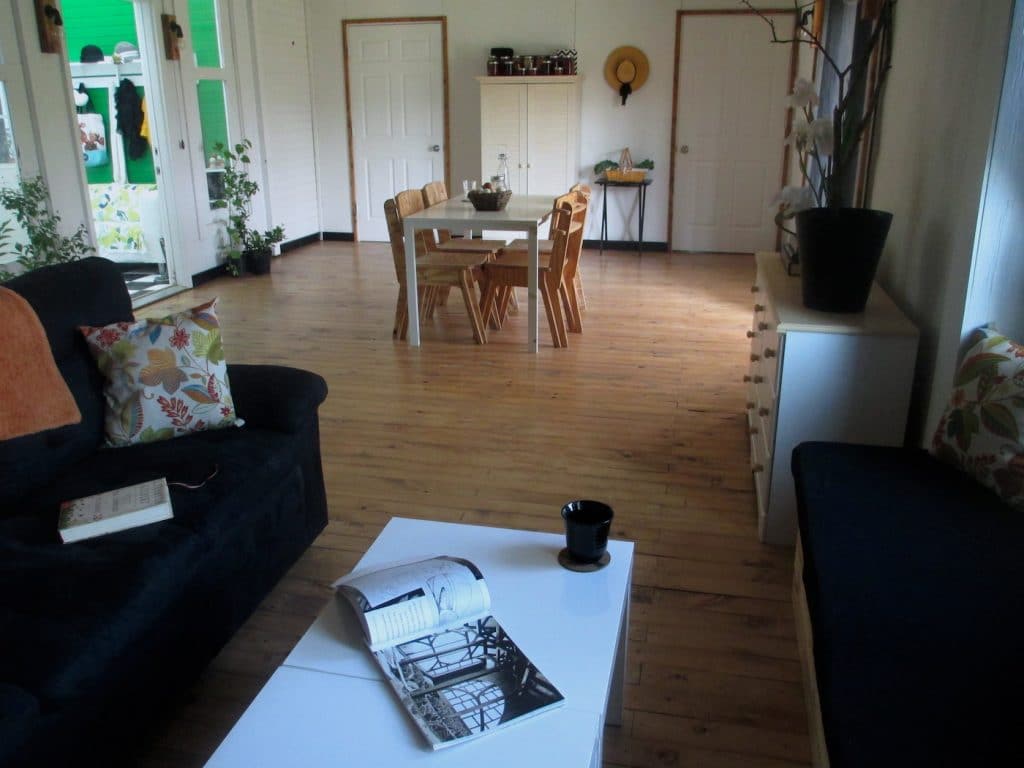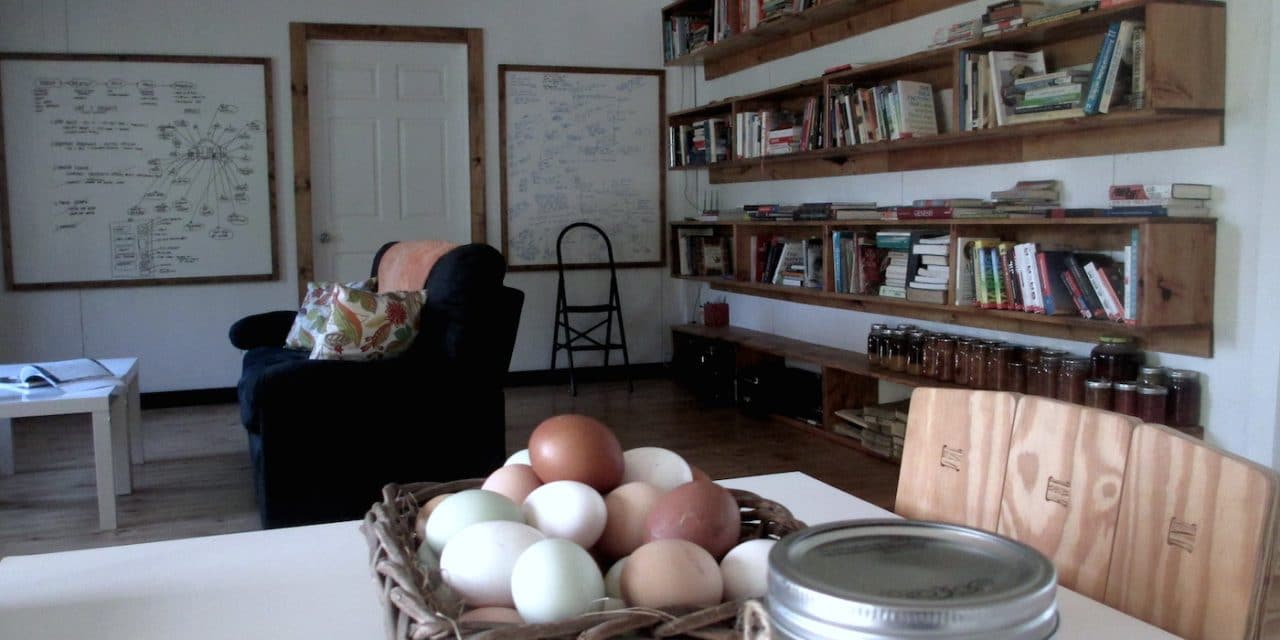For many people, the thought of designing a new home sounds like a daunting task. And for those who’d like to go green, it can sound like a nearly insurmountable challenge. Beyond all the decision-making, the cost of hiring a professional architect who understands sustainable building techniques can put the price tag on the project over the top. Now, there’s an easier and more budget-friendly way to build your dream, green home. Introducing the Open Building Institute, perhaps the most brilliant and easiest way to design an affordable eco-home.
What’s the Open Building Institute?
The Open Building Institute (OBI) open source, collaborative resource and community on a mission to “make affordable, ecological housing accessible to everyone – while fostering collaborative and regenerative practices.” In order to fulfill this mission, they focus on low-cost, ecological, energy-efficient structures that are modular, so they can be built in a snap.
What makes the system work is a library of building modules — walls, windows, doors, roofs, utility and functional modules, etc.— that can be combined to create a variety of structures: studios, homes, multi-family houses, greenhouses, barns, workshops, schools, offices, and more. And their experts focus on state of the art ecological solutions like water-catchment systems, passive heating and cooling design, photovoltaic energy, thermal mass, insulation, off-grid sanitation, and hydronic heat. What’s even better? As mentioned above, they can be built far faster than traditional construction. The modules are designed specifically to come together almost like building a lego house, so structures can be easily and quickly built by non-professional builders. According to them, a 4×8 foot insulated wall module takes a team of two people only 1 hour to build.

Worried about the craftsmanship behind these designs?
Fear not, there designs and building guides are contributed from experts around the world and carefully reviewed by experienced builders. As they say, “a shared pool of designs means that each one of us does not have to reinvent the wheel. A greater number of designers means faster development. And the larger the number of contributions, the greater the diversity of approaches and solutions we can choose from.” It’s a truly impressive and inspiring method for rapidly expanding the accessibility of affordable eco-homes.
Want to learn how to DIY an affordable eco-home?
OBI hosts workshops for hands-on experience for anyone interested in self-build homes.

In the 18th and 19th century, rural communities came together to build barns for each of their members. In our modern version of barn-raising, builds typically take place in 6-day workshops, during which participants collaborate to build a structure.
The modularity of the system enables extremely rapid builds, as modules are first built concurrently by teams and then quickly assembled on site to form the building.
Throughout several experiments, we learned that it is possible for a group of 35 people to build and install 20 wall modules in 1 day and 6 roof modules in another day. This means that it is possible to build the shell of a 24 x 16 ft structure in 2 days, Building a house may be a labor of love, but it doesn’t have to take a lifetime.

During workshops, participants acquire skills and hands-on experience with the system in order to organize their own builds. The barn-raising approach not only enables rapid builds, but also provides organizers with a stream of revenue that helps offset the cost of materials.
To further encourage adoption, replication and entrepreneurship, all workshop/build organization materials—from workflow and budget to publicity plan and logistics—are also open source. And for those who wish to build a business on top of this system, we are developing a training program geared specifically to entrepreneur-builders.
With OBI, You Can Get Started ASAP on a Dime
Another brilliant feature of the OBI process is it allows people to start small and build on it over time, which means that even if someone doesn’t have the finances to create their entire green dream home all at once, they can still get started on the path to get there.
Here’s an example of the process they call incremental building:
We’ve been experimenting with and developing this method since 2013. Our first prototype was designed by Chris Reinhart and built on October 2013. It was initially a MICROHOUSE, a 12 foot by 12 foot structure with a small kitchen, a bathroom and a loft. Its walls are made from compressed earth blocks pressed with Open Source Ecology’s CEB Press. The basic structure was built during a 5-day workshop and the interiors finished over the course of 3 months. This was our home for a few months, while we worked on subsequent additions, and eventually became the kitchen.

In April 2014, we added a BEDROOM, another 12 ft by 12 ft CEB module, also with a loft. Chris Reinhart designed and led the build workshop for this addition. The soil we removed to grade the site and build the foundation was then used to make the earth blocks for the walls. We literally built a house from the dirt beneath our feet.
A few weeks later, in May, we added the MUD ROOM, as a connecting space between the first two modules. A PORCH was then built on the south side of the house—and later moved to the north side to make space for a greenhouse. The porch’s roof is made of clear plastic sheets, to allow light and heat in the winter, and is lined with shade cloth in the summer.

In late September of 2014, we added our largest CEB module to date: a 51 ft by 15 ft space that includes a LIVING ROOM, an office, a (more spacious) bathroom, and an utility room. This module was designed online by a team of volunteers led by Marcin Jakubowski and Jonathan Kocurek and its basic structure (walls and roof) was built during a 5-day workshop. The interior was finished by Marcin and Catarina, with the help of friends.

This latest module reflected several learnings from the previous builds. We learned that the traditional firewood stove we were using doesn’t quite work: the air was either too hot or too cold, and almost always smoky. We learned that, due to the CEBs high thermal mass, it is possible to avoid using an A/C in the summer as long as we are able to cool the house at night and reduce the heat coming through the windows during the day. And we learned that we’re constantly making changes, improving and experimenting – therefore we needed a hackable house.
The whole concept is exceptionally brilliant and will hopefully empower many more people to design an affordable eco-home of their dreams. Perhaps best of all, everything OBI provides is open source, forever. Everyone is free to use them and even modify and distribute them. Want to get into the OBI business? Their OSHWA-compatible license also ensures that you are free to profit from these designs—by using them, for example, in design and/or build contractor work.



